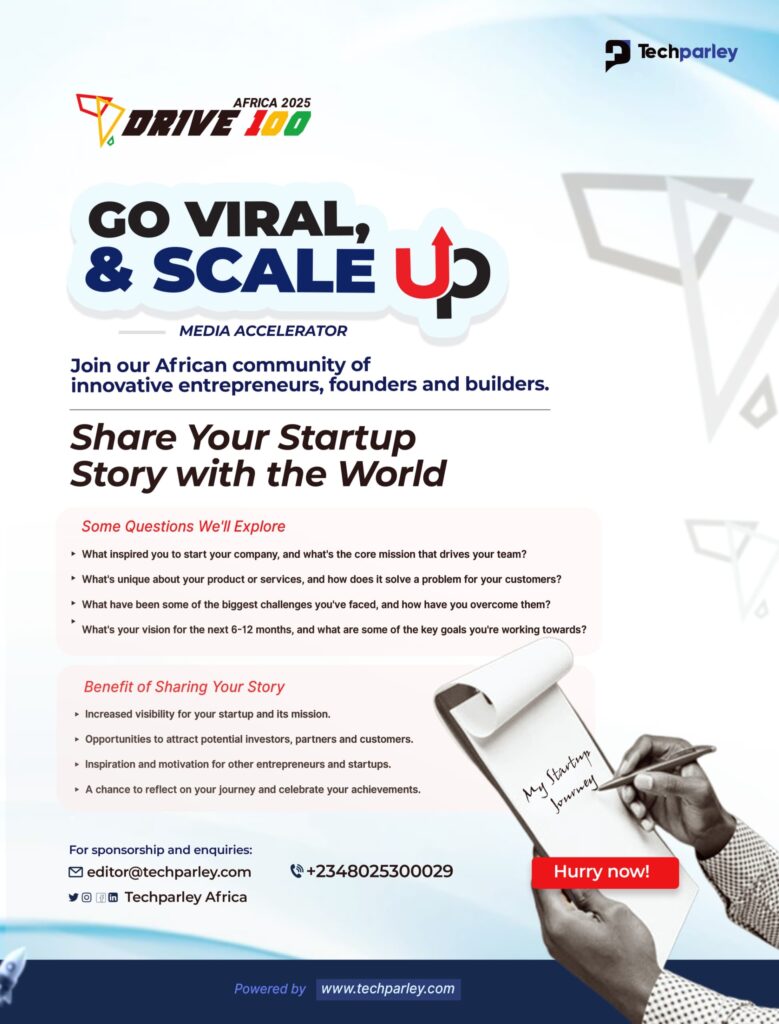The global education technology industry is evolving faster than ever, and knowing how to start an EdTech startup in 2025 requires more than just a great idea, it demands a deep understanding of education systems, digital tools, and scalable business models.
For entrepreneurs, the opportunity lies in bridging learning gaps, improving access, and building platforms that deliver measurable impact in classrooms and beyond.
Understanding the EdTech Landscape
Before building a product, it’s crucial to understand the market you’re entering. The EdTech industry in 2025 is driven by personalisation, accessibility, and data-led instruction. Tools that integrate artificial intelligence, gamification, and adaptive learning are gaining traction among schools, universities, and corporate training platforms.
In Africa and emerging markets, demand for affordable, mobile-first education platforms is growing rapidly, as smartphone penetration and internet access continue to rise.
Step 1: Identify a Clear Problem
Every successful EdTech startup begins with a clearly defined problem. It could be low student engagement, outdated teaching methods, or limited access to quality education.
Entrepreneurs should conduct user research with educators, learners, and institutions to understand their pain points. The goal is not just to digitise learning but to improve learning outcomes. The best solutions often emerge where technology meets empathy, addressing real classroom challenges with practical tools.
Step 2: Choose Your Niche
The EdTech sector is vast. Common niches include:
- K-12 education – digital classrooms, homework tools, and parent engagement.
- Higher education – remote learning platforms, student data systems.
- Corporate training – upskilling, compliance, and learning management systems.
- Test prep and certifications – personalised coaching or AI-based assessments.
- Vocational learning – skills for trades, agriculture, and entrepreneurship.
Start with one niche, validate your product, and expand as traction grows.
Step 3: Build a Minimum Viable Product (MVP)
Your MVP should demonstrate how your idea solves the identified problem. It doesn’t need to be perfect, it needs to be functional enough to attract early users and investors. In 2025, building an EdTech MVP is easier with no-code tools, cloud infrastructure, and open APIs.
Focus on the user experience: simplicity, speed, and relevance. Whether it’s a learning app, a tutor-matching system, or an AI-based assessment tool, ensure it delivers real educational value.
Step 4: Secure Funding and Partnerships
Funding remains a major challenge for early-stage EdTech founders, but opportunities are growing. Investors are particularly interested in startups with scalable models and measurable learning outcomes.
Consider incubators, government grants, and EdTech-focused venture programmes. Strategic partnerships with schools, universities, or content creators can also help validate your concept and expand your reach.
Step 5: Build Credibility and Compliance
Education is a regulated sector, and trust is essential. Ensure compliance with data privacy laws, student protection guidelines, and intellectual property regulations.
Partnering with educators and subject experts enhances your credibility. Publishing research findings, testimonials, or pilot success stories can further strengthen your reputation among users and investors alike.
Step 6: Focus on User Retention and Impact
Acquiring users is only the beginning. Sustained growth depends on engagement, satisfaction, and measurable outcomes. Track learning analytics to understand what works, and adapt your platform accordingly.
In the post-pandemic digital learning era, schools and learners prefer tools that demonstrate improvement, not just innovation. Building community features, discussion boards, challenges, or gamified rewards helps retain users and foster collaboration.
Step 7: Scale Responsibly
Once product-market fit is achieved, scaling your EdTech startup means investing in infrastructure, customer support, and localisation. Consider regional learning needs, language diversity, and curriculum alignment.
Expanding into new markets requires partnerships with local educators and distributors who understand the cultural context. Responsible scaling also means balancing growth with accessibility, keeping pricing models inclusive for learners from different backgrounds.
Common Challenges and How to Overcome Them
- Regulatory barriers – work closely with education ministries and legal experts.
- Resistance from institutions – show measurable results through pilot studies.
- Low digital literacy – design intuitive onboarding processes.
- Funding gaps – use phased milestones to attract investors progressively.
- Pricing sensitivity – adopt freemium or tiered models suited to local markets.
FAQs on How to Start an EdTech Startup in 2025
What is the first step in starting an EdTech startup?
The first step is identifying a real problem in education that technology can solve. Conduct research with teachers, students, and administrators to understand learning gaps, then validate your idea with a small prototype or pilot programme before scaling.
How much does it cost to start an EdTech startup?
Startup costs vary widely, but a basic MVP can cost anywhere between $10,000 and $50,000, depending on features, design, and infrastructure. Entrepreneurs can reduce costs by using no-code tools, partnering with educational institutions, or applying for grants and incubator programmes.
Do I need a background in education to start an EdTech company?
Not necessarily. While understanding pedagogy helps, many successful founders come from tech, business, or design backgrounds. Partnering with educators or hiring curriculum experts can fill any knowledge gaps.
What technologies are most important in EdTech today?
Key technologies include artificial intelligence (AI), cloud computing, learning management systems (LMS), augmented and virtual reality (AR/VR), and mobile-first design. These tools help personalise learning and improve accessibility.
How can an EdTech startup attract investors?
Investors look for startups with a clear market need, scalable models, strong data on learner outcomes, and a capable team. Building early traction through partnerships or pilot projects can significantly boost investor confidence.
——————————
Bookmark Techparley.com for the most insightful technology news from the African continent.
Follow us on Twitter @Techparleynews, on Facebook at Techparley Africa, on LinkedIn at Techparley Africa, or on Instagram at Techparleynews.






